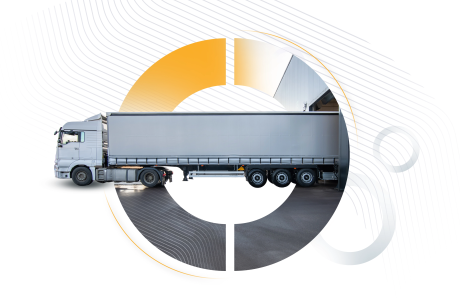For many logistics teams, spot shipments used to be the fire-fighting part of the job: a last-minute email chain, a phone marathon, a spreadsheet patch. That world is gone. Today, the spot market is a strategic lever for keeping assets moving, unlocking new revenue on low-yield lanes and starting relationships that often grow into contract business.
The challenge is that most spot processes are still fragmented. Carriers and LSPs juggle inboxes, WhatsApp threads and multiple platforms. That means slow response times, missed opportunities and higher operating costs.
Why spot loads are no longer a side quest
Transporeon’s Freight Exchange changes that. It gives you one place to find, win and run spot freight with speed and confidence, while feeding your team the data you need to make better decisions every day.
What is Freight Marketplace and Freight Exchange
Freight Marketplace is Transporeon’s suite for matching freight with capacity and managing the work around it. Freight Exchange is the freight exchange for LSP-to-carrier sourcing. Operations teams at LSPs list loads with clear details. Qualified carriers then search and respond using the filters that matter to planners: lane, timing, equipment and buyer.
For carriers and LSPs, Freight Exchange helps to:
-
Fill trucks on backhauls and imbalanced lanes
-
Cut empty runs and reduce empty kilometres with smarter repositioning
-
Act first with structured information in one place
-
Quote with more confidence using market signals
-
Turn urgent wins into regular business with the same buyers
Why spot is more than a backup plan
Spot used to be for firefighting when the plan went sideways. Today it is part of the plan. Four things moved it from the margins to the centre:
-
Demand is bumpy. Holidays, harvests, short production runs, weather, local roadworks. Plans change faster than fixed schedules can handle.
-
Costs keep moving. Fuel, tolls, driver availability, labour and compliance. Static tariffs struggle to keep up. Teams need a way to adjust in hours, not weeks.
-
Expectations are higher. Buyers want speed and reliability. If you answer fast with clean information and run the load well, you are already in a better position for the next conversation.
-
Digital transparency rewards speed. The team that sees the right load early, filters quickly and responds clearly will beat a slower and cheaper rival more often than you think.






